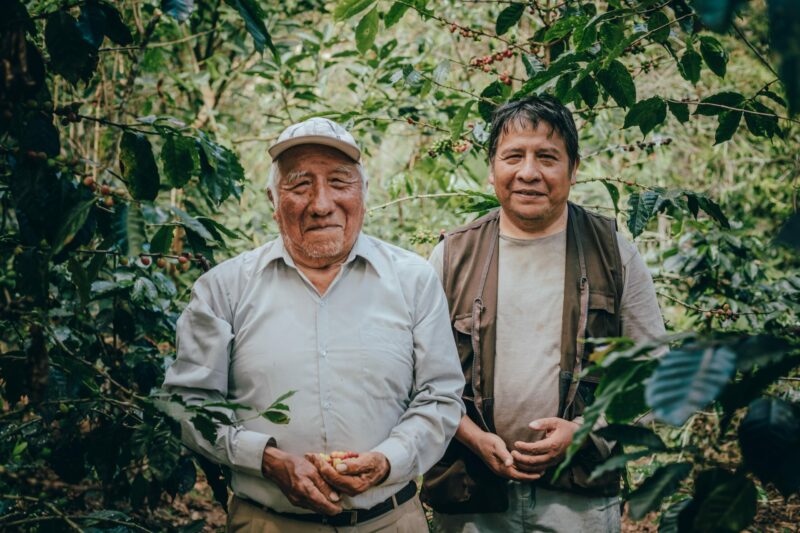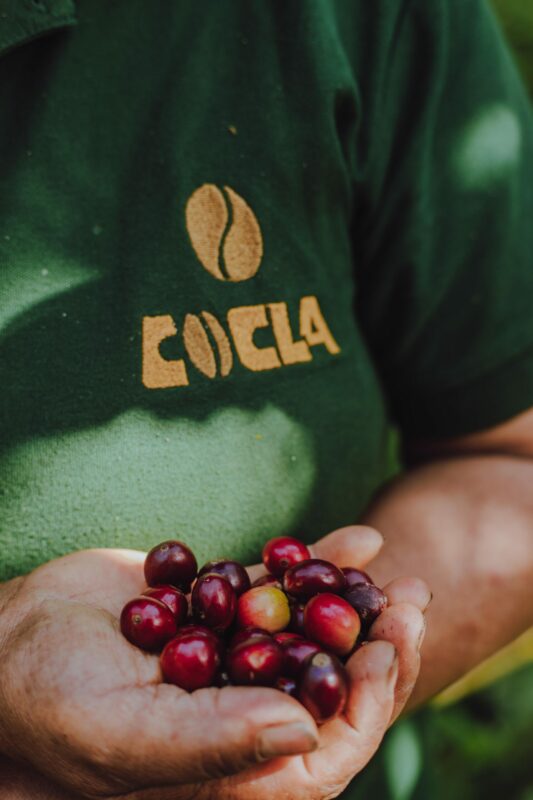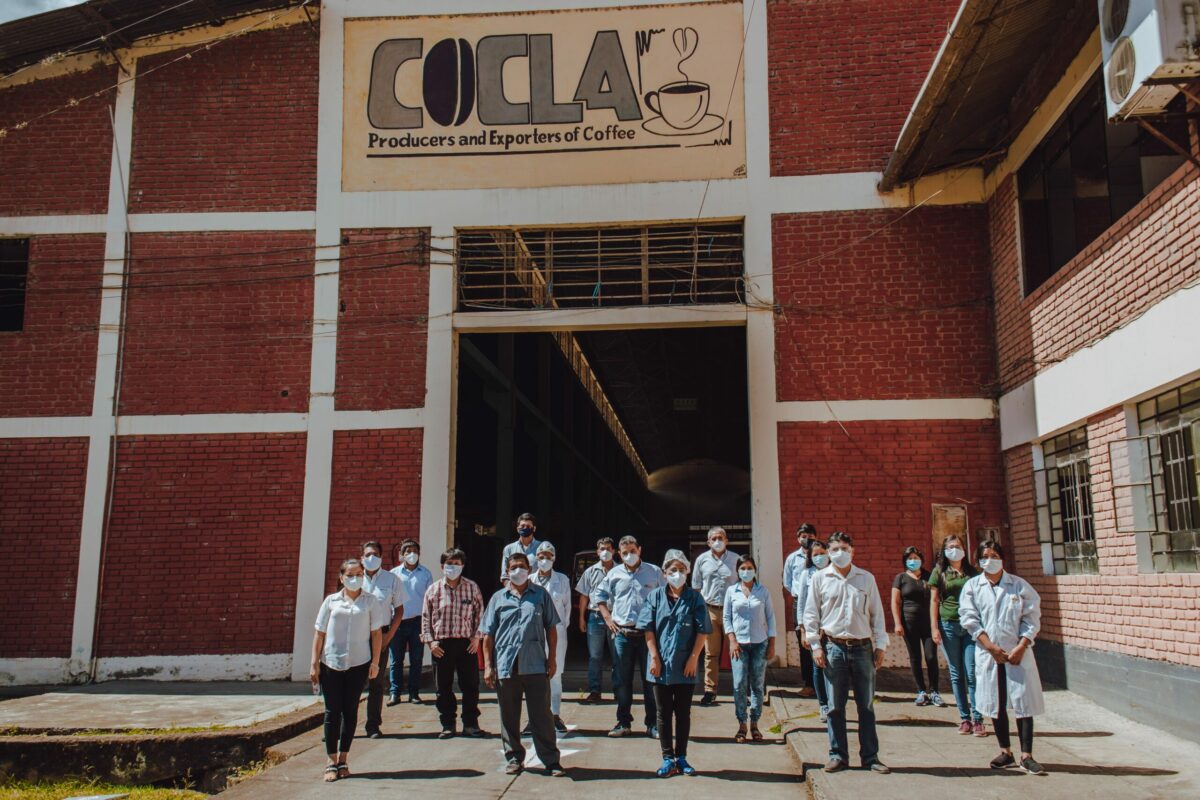In Peru, Central Cooperativas Agrarias Cafetaleras, or COCLA Ltda., is a second-degree cooperative, meaning it’s a larger representative of 21 smaller cooperatives. In total, it represents more than 3,500 coffee-farming families.
COCLA was formed 53 years ago, on July 26, 1967, by a group of coffee farmers looking to secure better opportunities and more firmly hold claim to their rights. The group focused on improving the living conditions of its members and has since graduated to focusing on improving coffee cup quality and meeting the business needs of its members.
COCLA is located in southern Peru, in the department of Cusco, near the citadel of Machu Picchu. Most of its members are of Inca heritage.
The vast distribution of its member allows COCLA to offer a range of coffee profiles. Farm altitudes range from 1,400 masl to 2,200 masl and together cover 2,972 hectares of Organic certified farm land. The main areas of production are: Vilcabamba, Ocobamba, Huayopata, Santa Ana and Echarate.
The co-op also focuses on serving its communities, especially the province of La Convención, by investing in the construction of roads and schools and the setup of health posts.
Currently, COCLA is working most closely with its members on education, coffee quality and — during the pandemic particularly — preventative healthcare.
Production
COCLA shares that its producers are small, organized farmers who work the land themselves, usually with the support of their families and neighbors. They also take care of the land and alongside coffee grow organic food for themselves.
The harvest period begins in April in the lower zones (1,300 to 1,400 meters) and continues until September, in the highest zones.
Ninety percent of COCLA producers focus on washed processing, while about 10 percent also prepare honey- and natural-process coffees. One hundred percent of COCLA coffees are certified Organic and Fairtrade.
The Cooperatives
The 21 “first floor” cooperatives (or, agrarias cafetaleras) are:
Huayopata, Manco Inca, Manco II, San Fernandom Chaupimayo, Ccochapampa, Huadquiña, Santa Ana, Aguilayoc, Tupac Amaru, Chaco Huayanay, Huayanay, Tiobamba, Macamangp, Mateo Pumacahua, Chancamayo, Jorge Chavez, J.C. Maariategui, Tirijuay Pavayoc, Alto Urubamba and Maranura.





